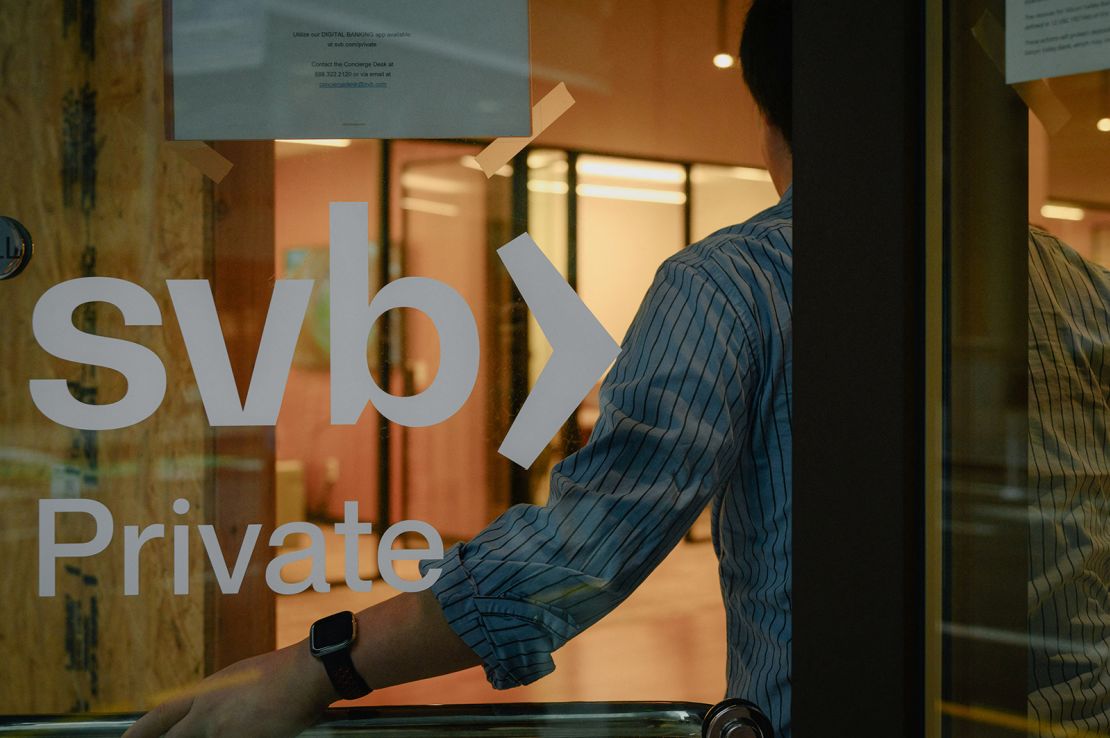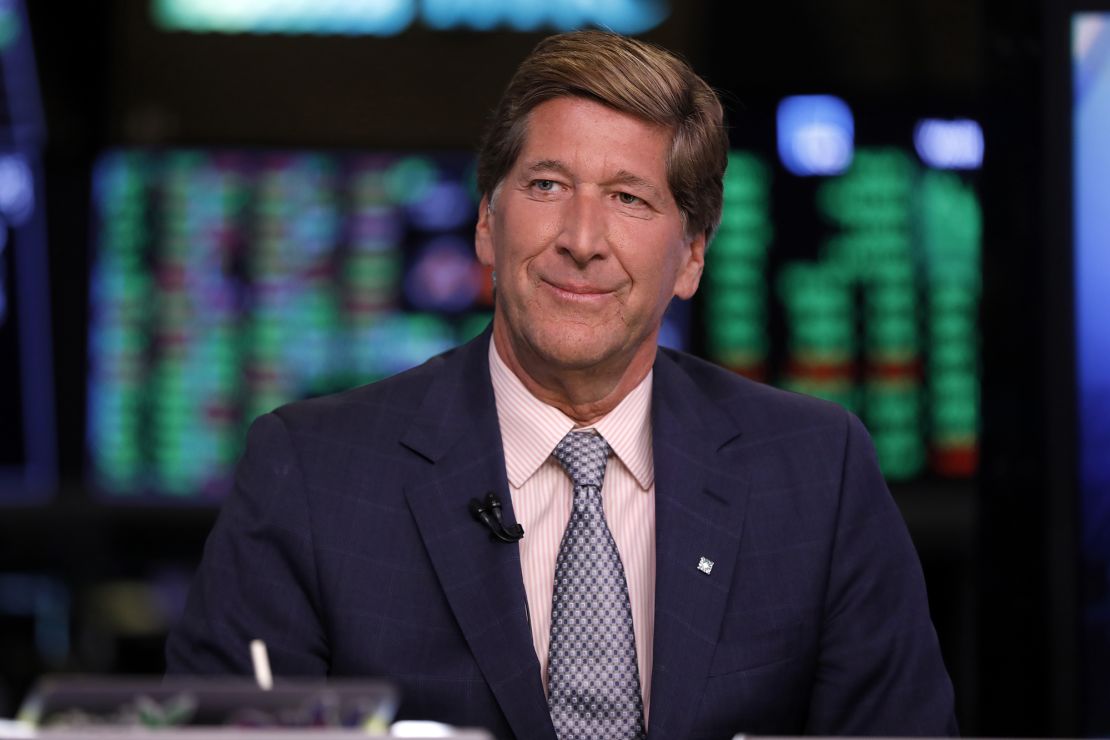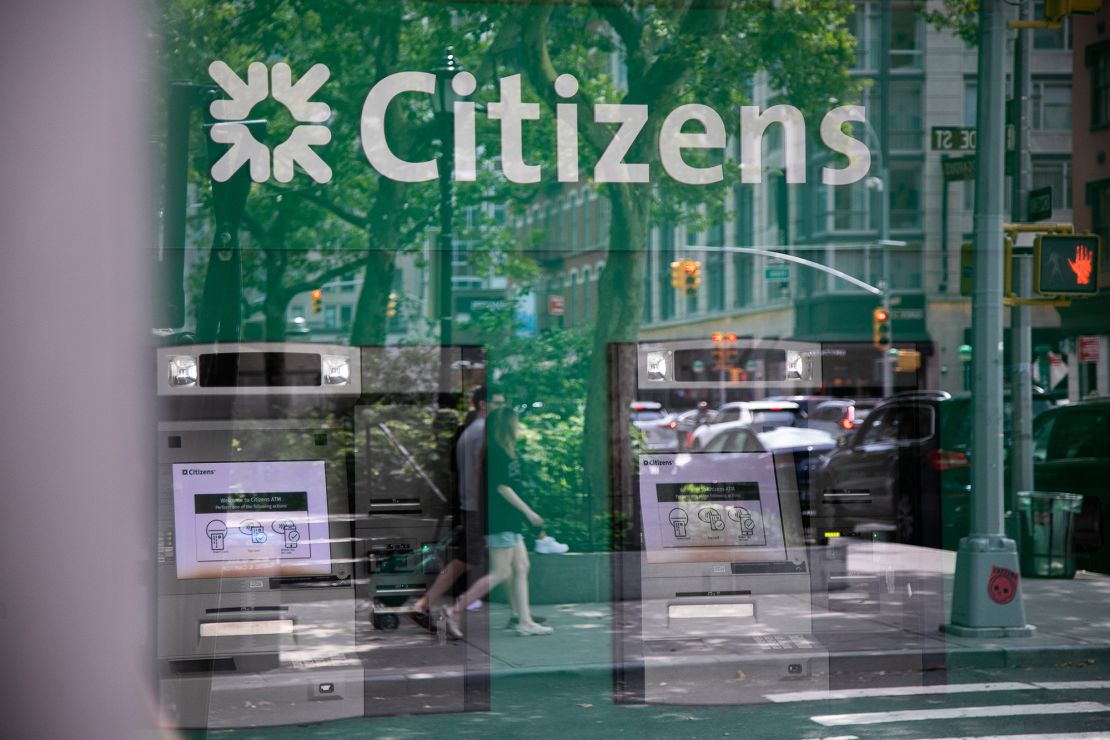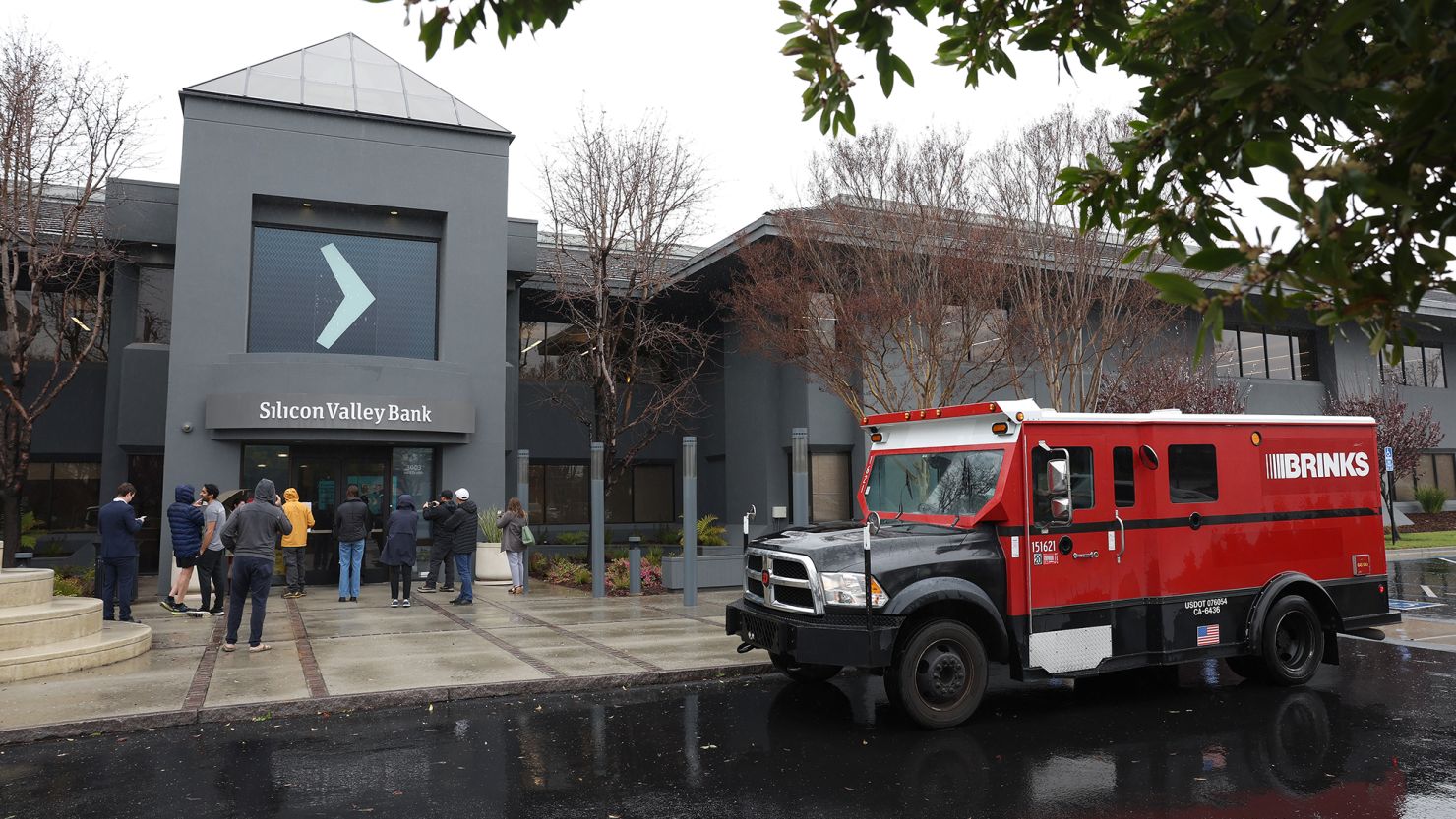When I set up an interview with Bruce Van Saun, head of Citizens Financial Group, the 14th largest bank in the US, for a piece that would mark the first anniversary of the collapse of Silicon Valley Bank I didn’t anticipate having such a fresh feeling of déjà vu.
But an action-packed week of news from New York Community Bank brought back unwelcome memories of last year’s banking crisis.
NYCB disclosed it had identified a “material weakness” in the company’s lending operations that had to do with “internal loan review, resulting from ineffective oversight, risk assessment and monitoring activities.” Translation: People who are supposed to catch potential problems before they become actual problems screwed up.
Then, after a report said the beleaguered regional lender was searching for much-needed investment, the bank’s stock (NYCB) fell by more than 40%, trading below $2 a share.
But a quick look at how other regional bank stocks were performing as shares of NYCB plunged quickly reassured me that this probably wasn’t the pilot episode of season two of America’s Banking Crisis. Many regional bank stocks were either down slightly or in positive territory.
However, that wasn’t at all the case on March 10, 2023, the day SVB was shuttered by regulators. Other regional bank stocks got slammed: By the end of the day, most saw their stock down by double-digit percentages.

It’s been exactly one year since that fateful day marked the start of a string of subsequent bank failures. Having weathered the chaos that ensued, the banking industry as a whole appears better positioned now.
But it’s not without headwinds. Of primary concern are commercial real estate loans banks made that have soured with office vacancy rates at an all-time high as people continue to work remotely. As a result, many office landlords have slashed rent or sold off properties at a loss. All that could potentially mean very significant sums of missed loan payments.
Because of that, “there will be bank failures,” Federal Reserve Chair Jerome Powell warned senators in his semi-annual testimony last week.
I sat down with Van Saun to discuss how he sees the banking industry a year after SVB’s collapse and what he believes is in store for the future.
This interview has been edited for length and clarity.
CNN: I know you’d probably rather leave the past in the past in terms of last year’s banking crisis, but I have to ask: What do you think caused the bank failures?
Bruce Van Saun: People like to call last year’s bank failures regional bank failures. It was idiosyncratic bank failures. Both of those banks [Signature Bank and Silicon Valley Bank] went from $50 billion in assets to over $200 billion in four years. They grew too fast, took in a high percentage of uninsured deposits, had very concentrated, narrow customer bases so they were susceptible to [deposit] flight risk.

They also borrowed short and invested long, which is a cardinal sin of banking. They didn’t manage their interest rate risk well because they didn’t have the muscle that you would have if you grew slowly over the years and were heavily regulated like bigger banks like ourselves.
Who deserves more blame: failed banks’ management teams for not ensuring proper guardrails were in place or financial supervisors whose jobs are to identify red flags?
It’s a joint failure.
The first line is really the board and management. If you have a quality board and management team then you should avoid making bad strategic thrusts — like the way SVB just wanted to grow at all costs, take in the hot money and invest in long-term Treasuries.
But the regulatory process is intended to pressure test that and spot those shortcomings.
Even though Citizens didn’t have the same problems as the banks that failed last year, your stock came under a lot of pressure like almost all regional banks. What was last year’s experience like for you?
There was this whole read across the industry of guilty until proven innocent. We were on the back foot. We had the facts — we knew that we were well capitalized and we had a sticky consumer deposit base — but we had to explain it all and be out there telling our story.

We were very focused on maintaining deposits and liquidity out of the chute and we knew that there were some offensive opportunities (in other words, ways to capitalize on the banking failures in a way that would benefit Citizens). Customers from SVB and Signature Bank wanted to get their money out and open new accounts. We saw such high demand we extended our hours and we had extra people on at the weekend. That sent a positive message to people that we’re fine and that people view us as a safe bank because they’re looking to open accounts here.
We have normal protocols for when we’re in a stressful external environment that involves meeting daily. But it’s not like we were losing sleep over this.
How has the past year changed Citizens’ business model?
One thing that’s become apparent is that deposits are going to cost more. So where we’re lending those deposits is even more important.
When the Fed was pumping lots of money into the system and you had lots of deposits, you could do some things that were accretive to your bottom line but maybe not strategic.
We were in the indirect auto loan business, we were in flow agreements with SoFi and Affirm (meaning Citizens bought some of their loans and shared in their risks in exchange for collecting fees). We just said “We don’t need to do that anymore. We should solidify the deposit base.”
What’s your read on what’s going on with New York Community Bank? Do you think they’re out of the woods having secured a $1 billion investment and now undergoing a huge management overhaul?
When a stock’s going down so much people think, “Here we go again, this bank’s gonna fail,” I think the chances of failure have been dramatically reduced by having these outside investors put the capital in and then commit to working on its problems.
NYCB will gain instant credibility with the regulators, having Joseph Otting as CEO. (Otting was the comptroller of the currency from 2017 to 2020. Before then, he was the CEO of OneWest Bank and was responsible for navigating that lender through a period of stress. In 2015, it was sold to CIT Group for $3.4 billion.)
Do you see NYCB’s situation as a sign that there could be more trouble coming for the banking industry?
It’s idiosyncratic, because it’s an amalgamation of three banks in a very short timeframe. (NYCB acquired Flagstar in 2022. A year later it purchased $40 billion of assets from Signature Bank, which brought NYCB’s total assets above $100 billion. Crossing that threshold is significant for banks since it means, by law, they have to set aside more capital to protect against future losses.)

Okay, but what about commercial real estate? The number of people working in offices is much, much lower than it was pre-pandemic. Are you bracing for another chapter of banking stress? What is Citizens doing to cushion against potential high losses in the sector given close to one-fifth of your loans are there?
You have to look under the covers. The nature of our portfolio matters.
Within commercial real estate, industrial, warehouse and distribution space is fine. Multi-family homes are generally fine. When it comes to offices, we have certain pockets of life science businesses like lab research facilities that are super safe because they never had to close during Covid. (Loans to general office buildings are riskier though, he said.)
We go through all of that and we say we’ll lose some money here, but we’re not going to lose our shirt and we’ve put up big reserves against them. We’re working on a loan-by-loan basis with our most senior people. I think it’s a well-managed process.






